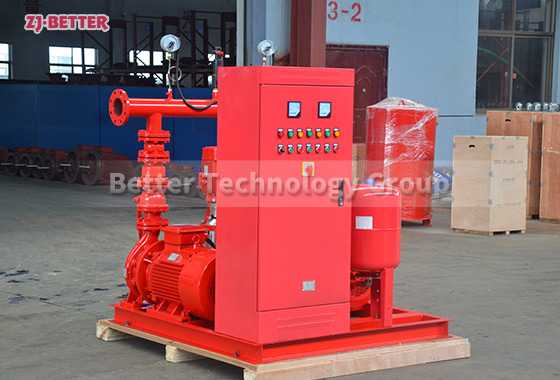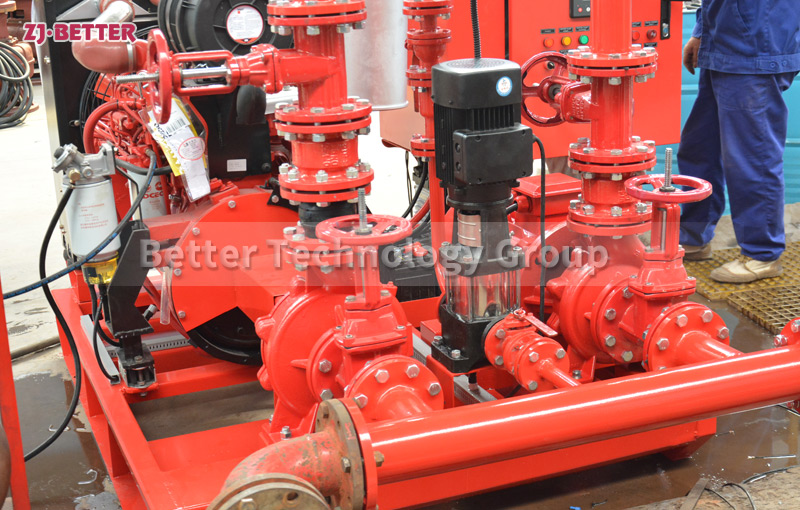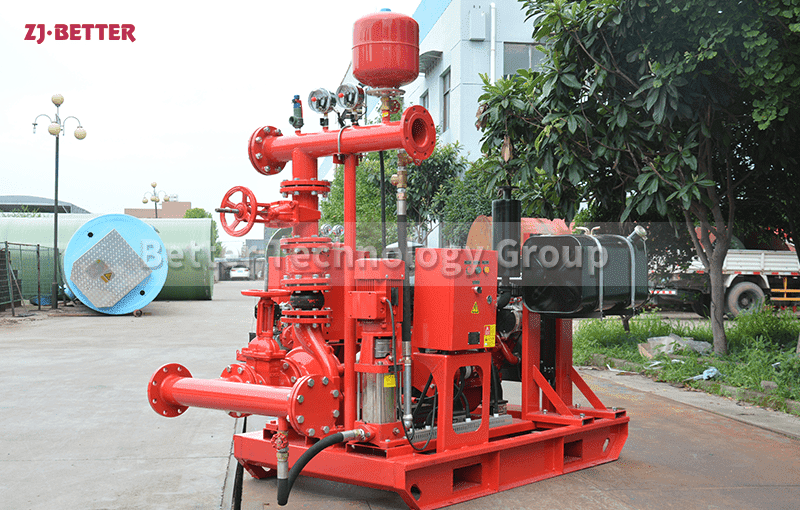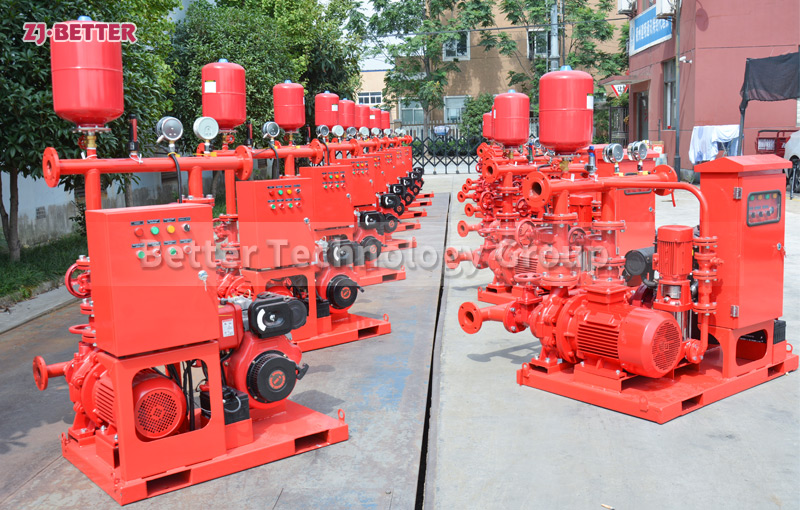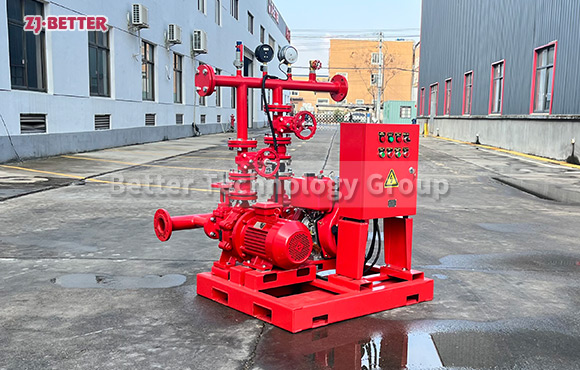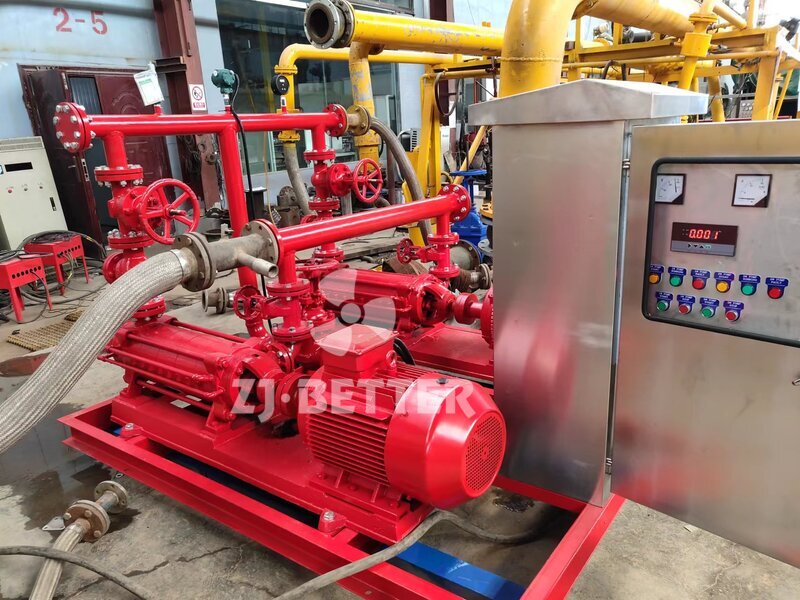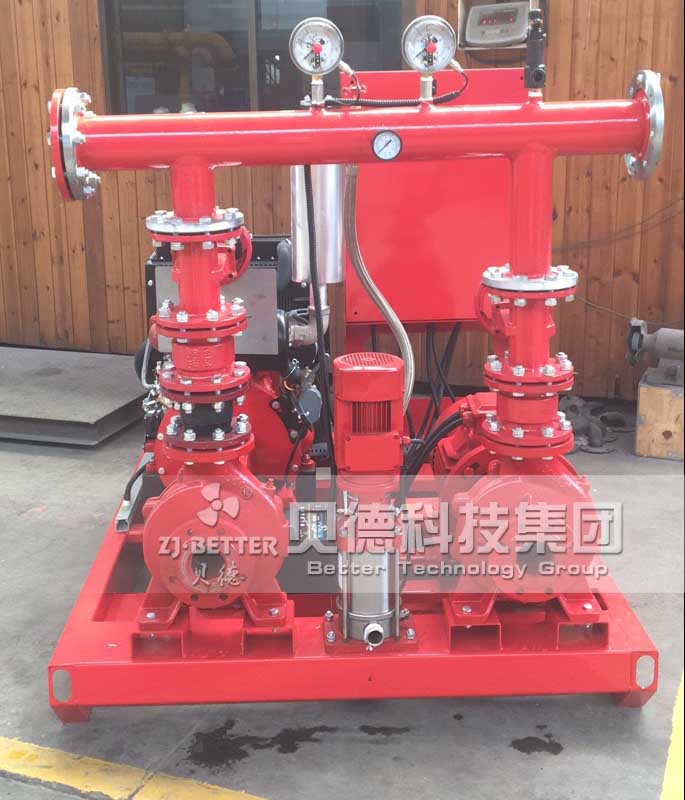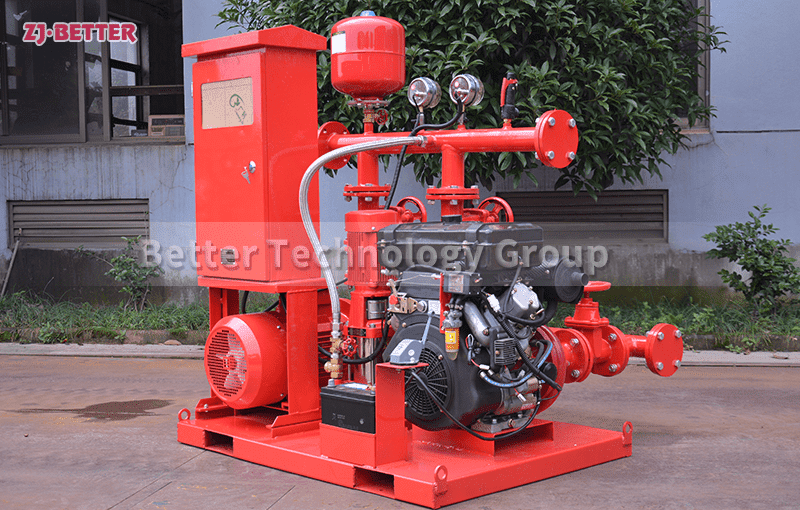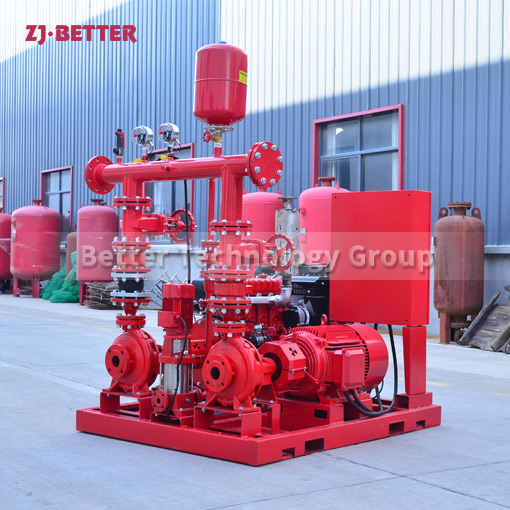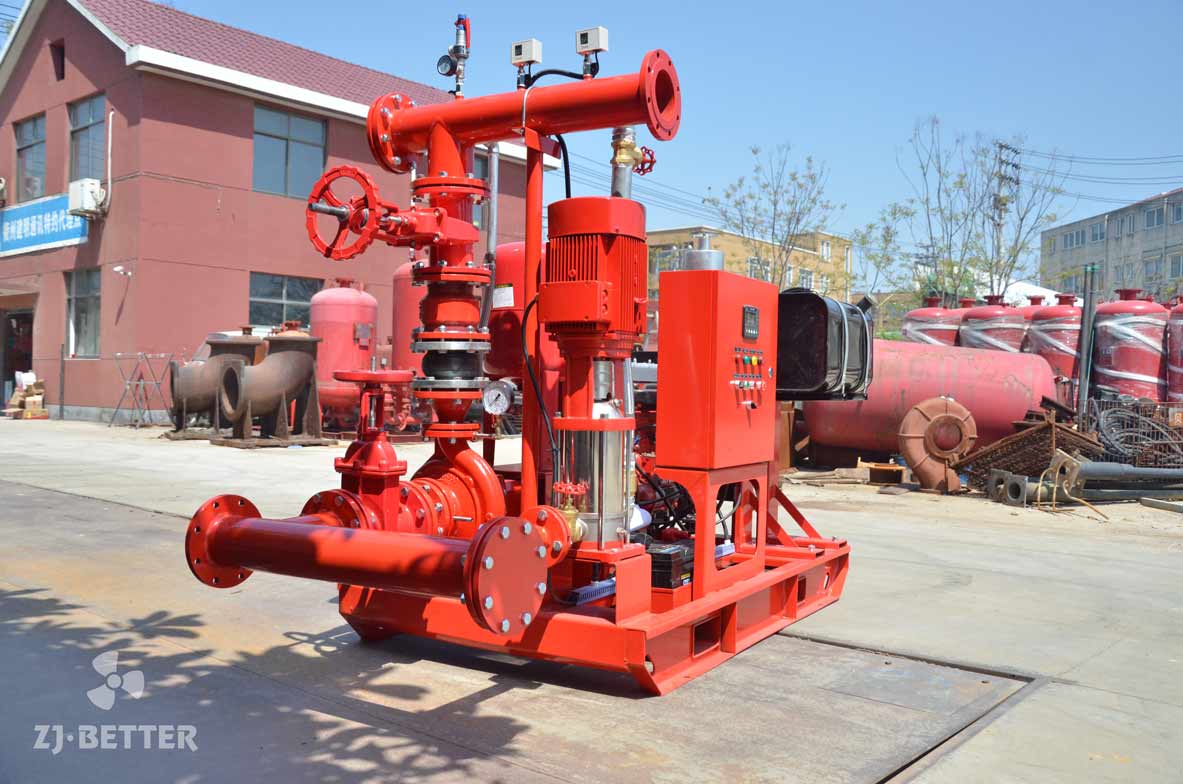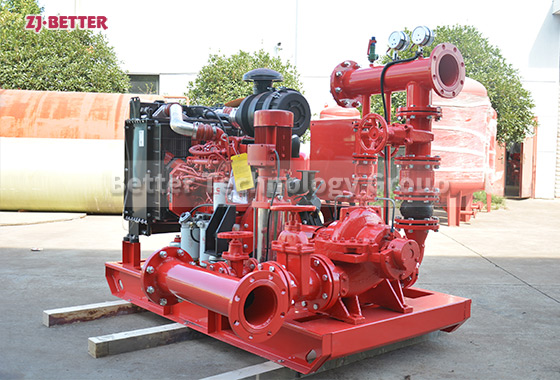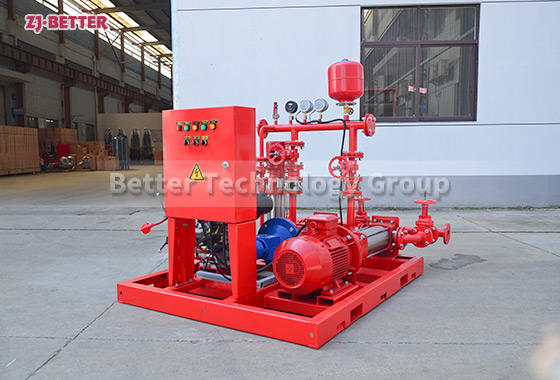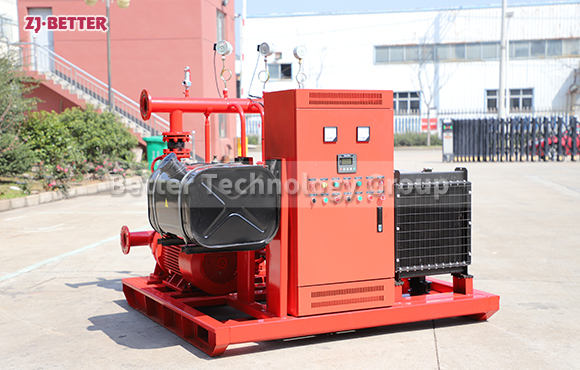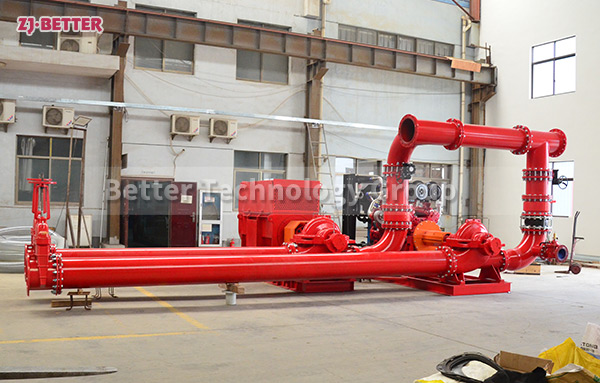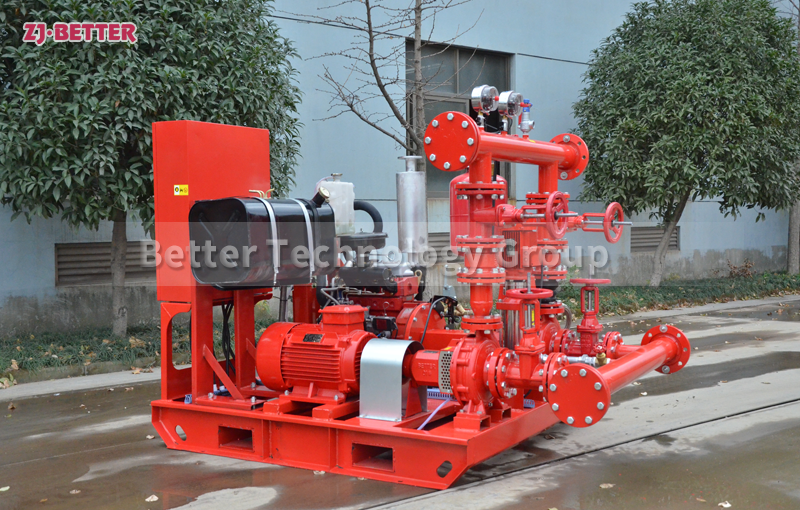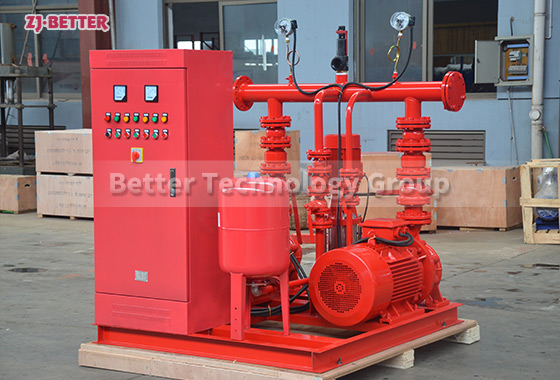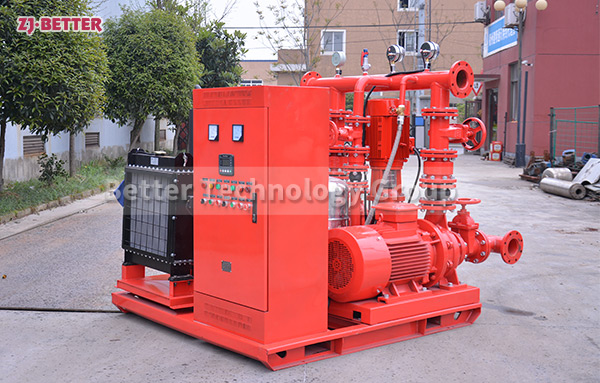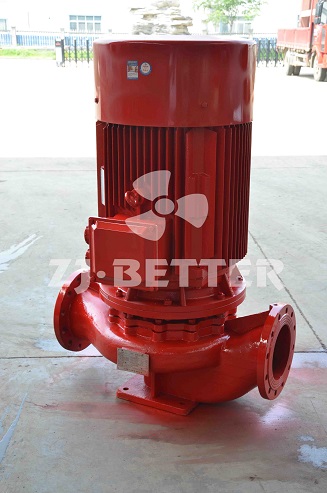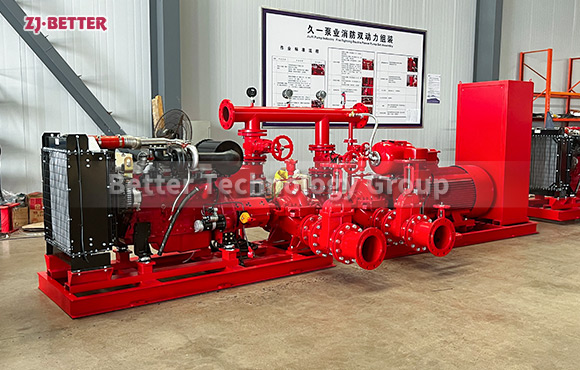Home » Fire Pump Set » Suction and Discharge Connections on fire pumps
Suction and Discharge Connections on fire pumps
Suction and Discharge Connections: The fire pump has dedicated suction and discharge connections for the water supply and the distribution system, respectively. The suction connection draws water from a water source such as a reservoir or hydrant, while the discharge connection delivers the pressurized water to the fire protection system.
Contact US
Get Price
Share:
Content
Suction and Discharge Connections: The fire pump has dedicated suction and discharge connections for the water supply and the distribution system, respectively. The suction connection draws water from a water source such as a reservoir or hydrant, while the discharge connection delivers the pressurized water to the fire protection system.
Inquiry
More Fire Pump Set

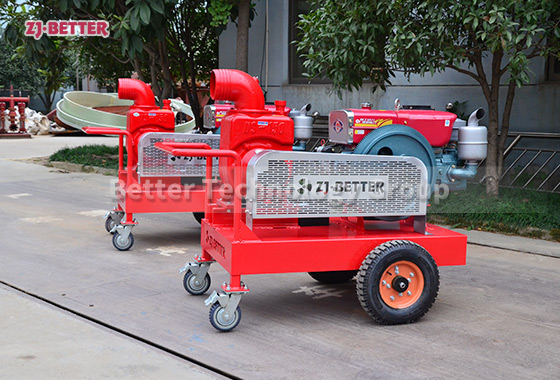
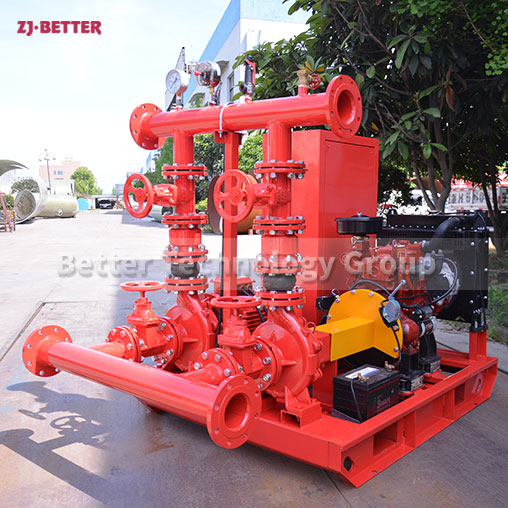
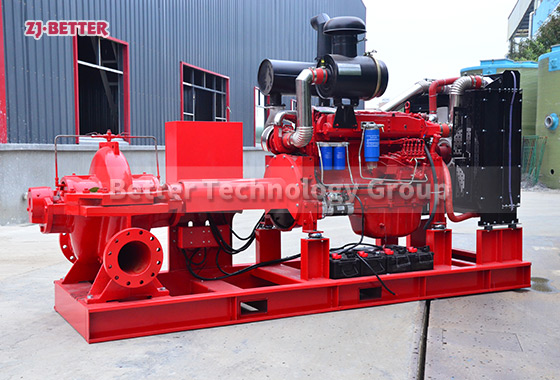
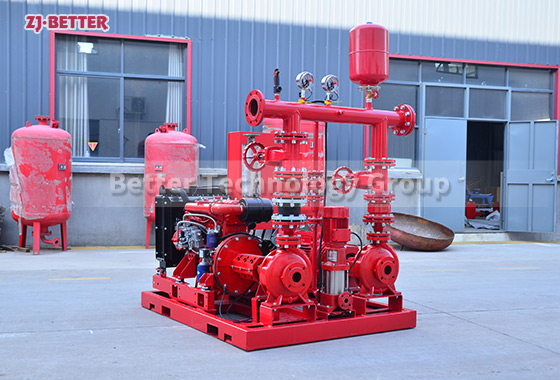
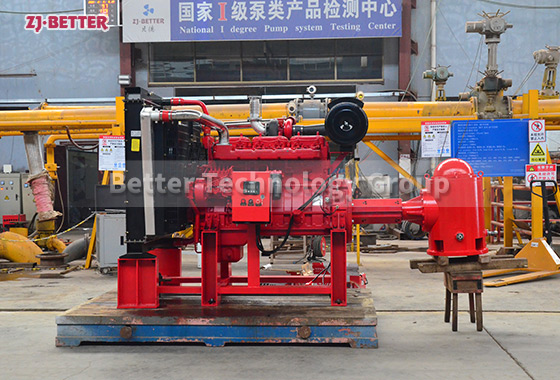
-2.jpg)
